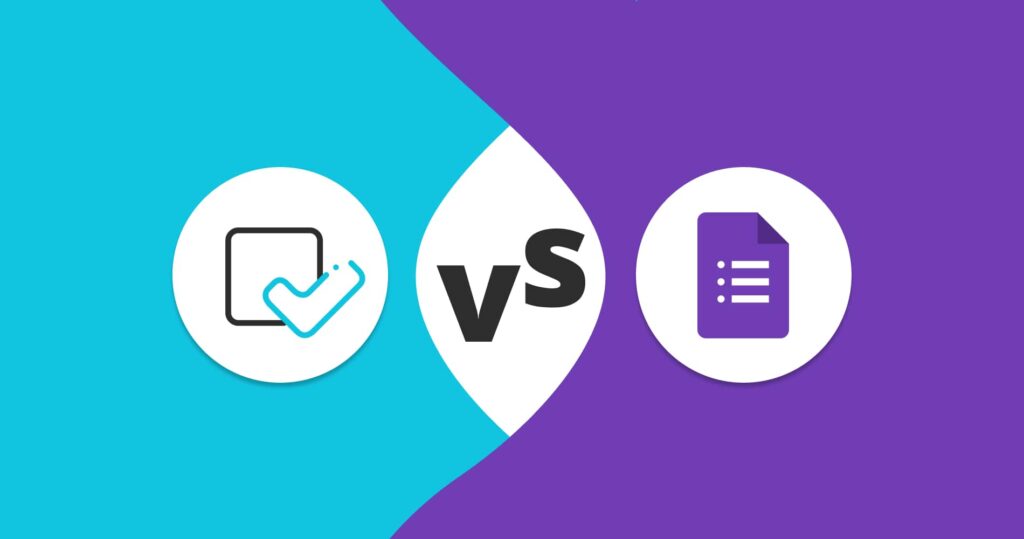Mobile users act with intent. They open an app to complete a task, check a status, or get something done quickly. In that short span, every interaction matters, and a well-placed modal can make all the difference.
When timed right, modals help users take the next step, discover new features, or stay engaged without slowing them down. But when they interrupt or confuse, they create friction that’s hard to recover from.
To avoid that, product and growth teams need to think carefully about when and how modals appear. In this article, we’ll look at what makes a mobile modal effective, what common mistakes to avoid, and how to build modal flows that guide users without getting in their way.
Why Mobile Modals Require a Different Approach
Modals aren’t new. They’ve been part of desktop interfaces for years. But mobile screens, behaviors, and expectations shift the rules entirely.
Users Are More Goal-Oriented on Mobile
Unlike desktop sessions, which often involve multitasking or browsing, mobile users typically open an app to accomplish a specific task. That intent is fragile. A poorly timed modal can make users quit immediately.
Limited Screen Space Increases the Stakes
A single modal can take over the entire mobile screen. Without multiple tabs or a mouse to guide movement, it’s essential that users immediately understand what the modal wants and why it matters.
Network and Context Matter
Mobile users may be on the move, switching between networks or multitasking in short bursts. Modals that feel slow or out of place are more likely to be ignored or dismissed.
46% of mobile app users uninstall an app due to poor performance, which includes frustrating UX choices like intrusive or laggy modals.
That’s why modals on mobile need to be designed with precision. The timing, copy, placement, and user context all need to align.
When Modals Make Sense, and When They Don’t
Not every prompt needs to be a modal. The format works best when the message requires attention but won’t cause frustration or break momentum.
Good Use Cases for Modals
- Permission Requests: Asking for access (e.g., location, notifications) after a user takes a relevant action.
- Feature Highlights: Introducing a new feature after a user completes a related task.
- Surveys or Feedback Requests: Prompting a review or response after a positive experience.
- Subscription Upsells: Offering a premium plan after a user hits a usage limit.
- Session-End Prompts: Nudging users before they exit the app, such as saving progress.
Use Cases to Avoid
- Asking for permissions immediately after app install.
- Triggering multiple modals back-to-back in one session.
- Showing an upgrade offer before users experience any core value.
- Displaying generic messages without personalization.
In short, modals should match the user’s context. Anything that feels random or forced breaks trust.
The Psychology Behind Effective Modals
Great modals aren’t just about design. They tap into how people think and behave on mobile.
Timing After Success
Modals shown right after a user finishes something meaningful, like completing a task, reaching a milestone, or engaging with a feature, feel earned. They ride the momentum of a small win.
Clear and Specific Copy
The best modals don’t ask for too much. They tell the user:
- What’s happening
- Why it matters
- What action to take
Avoid long explanations or vague headlines. Stick to one action per modal.
Emotional Triggers
Humans respond to rewards, curiosity, and social proof. A modal that says, “You’re almost there, unlock full access now,” or “Users like you saved 3 hours using this feature” creates motivation without pressure.
Formats That Work Well on Mobile
Different types of modals work for different purposes. Choosing the right one affects how users respond.
Full-Screen Modals
These are best for onboarding or major feature releases. They capture full attention but should be used sparingly. Too many full screens create fatigue.
Bottom Sheets
Bottom sheets appear from the bottom of the screen and are widely used in mobile UI. They’re ideal for optional actions or short messages and can be dismissed easily.
Slide-Ups or Half Modals
These partially overlay the screen and are good for subtle nudges, tips, or ongoing actions that don’t need immediate commitment.
Multi-Step Prompts
When asking for input or choices, breaking the process into steps helps users stay engaged. Progress indicators can reduce drop-off and frustration.
How to Build Mobile Modals That Convert
Getting modals right means thinking beyond design. It’s about the full experience.
Trigger Modals Based on Behavior
Instead of using static timers, link modal triggers to user actions. For example:
- Show a modal after a user completes their first successful task.
- Offer a feedback prompt after three sessions.
- Recommend a feature when it solves a current user problem.
Keep the Message Focused
Don’t try to cover everything on one screen. A good modal has:
- One headline
- One short explanation
- One action button (with an optional secondary action)
Remove anything that doesn’t support the core message.
Make It Look and Feel Native
Modals should feel like part of the app, not something pasted on top. Match the app’s design language, tone of voice, and motion patterns. Users should never feel like they’re being pulled out of the experience.
Personalize Where Possible
Even small touches, like using the user’s name, current plan, or recent activity, can make a modal feel more relevant. Personalized modals tend to get higher engagement and fewer dismissals.
Limit Frequency
Users don’t want to be interrupted every time they open the app. Set logic to show only one modal per session, with cooldown periods in between.
Mistakes to Avoid With Mobile Modals
Even a well-designed product can fall short if the strategy is flawed. Here are common mistakes that can make modals feel disruptive instead of helpful:
Overloading the User
Avoid stacking too many modals in a single session. When users are met with back-to-back interruptions, they’re more likely to disengage entirely.
Using Vague or Generic Language
Generic prompts like “Check this out” or “Don’t miss this” don’t give users a reason to act. A clear, specific message tied to what the user just did performs much better.
Making the Modal Too Complicated
A modal should never make the app more complicated to use. Poor layout, tiny touch targets, or long chunks of text crammed into a small screen may seem like minor issues, but they can quietly frustrate users.
In fact, 11% of users uninstall apps because the interface feels too complicated, often including modal windows that block necessary actions or leave users unsure of what to do next. When it comes to modal design, simplicity isn’t just a preference; it’s what keeps users from dropping off.
Not Offering a Clear Dismiss Option
Always give users a way out. A visible “X,” a “Not now” button, or a swipe-to-dismiss gesture shows respect for their control. Forcing users to act creates frustration and potential churn.
Measuring the Wrong Outcomes
Impressions or clicks alone aren’t enough. The real value of a modal is what happens after: Did users follow through? Did they explore more? Did it impact retention, conversions, or feature adoption?
What Product and Growth Teams Can Do Right Now
Teams don’t need to hardcode every change to experiment with modals. Instead, they can use no-code platforms to build and test variations based on real behavior.
Tools like Plotline help product managers and growth leads launch contextual in-app experiences without waiting for dev cycles. This saves time, avoids backlogs, and keeps the focus on user outcomes.
Here’s where to start:
- Map your user journeys and identify friction points.
- Plan modal triggers based on intent, not timing.
- Test different formats (bottom sheet vs full screen) based on action importance.
- Write multiple copy variations and monitor user response.
- Set rules for frequency to avoid repetition.
Final Thoughts
Modals on mobile can help users take action, discover features, or stay engaged, but only when done right. A good modal supports the user’s flow. A bad one interrupts it.
It comes down to thoughtful timing, clear messaging, and respectful UX choices. By focusing on what users want to do, not just what you want them to do, modals become helpful prompts, not distractions.
If you’re building or scaling a mobile product, smart use of modals can make a noticeable difference in retention, engagement, and satisfaction. Just remember: it’s not about shouting for attention. It’s about showing up at the right moment, with the right message, in the right format.




